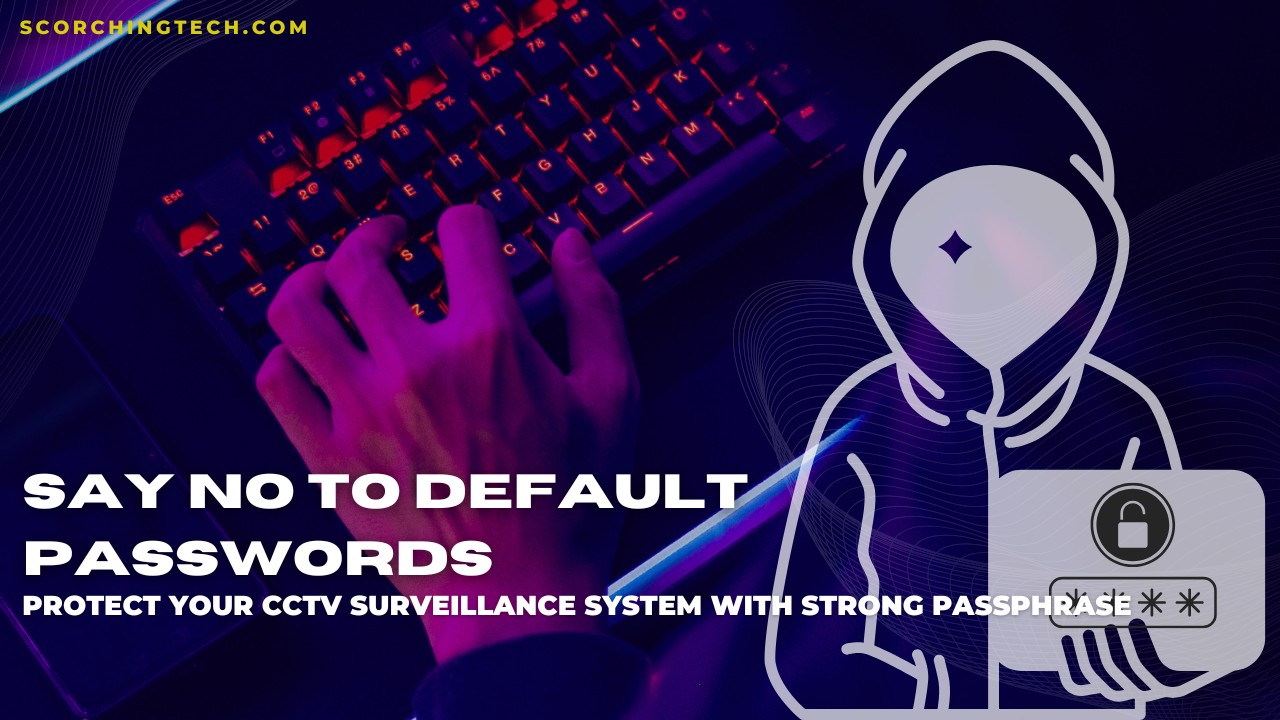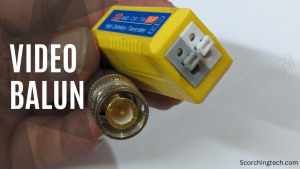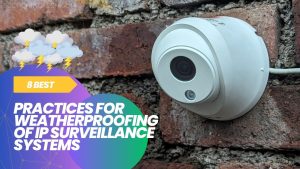Introdcution- Secure CCTV Surveillance Systems
Secure CCTV Surveillance Systems In an increasingly interconnected world, the importance of safeguarding our security systems cannot be overstated. Closed-circuit television (CCTV) systems play a critical role in monitoring and protecting our homes and businesses. However, many users overlook a fundamental aspect of their security: the use of default usernames and passwords. These weak access credentials can leave systems vulnerable to cyberattacks, compromising the very safety they are designed to enhance.
To mitigate these risks, it is essential to implement robust security measures, including the creation of a strong passphrase. This post will explore effective strategies to secure CCTV surveillance systems against potential cyber threats, ensuring that your surveillance technology serves its intended purpose without becoming an easy target for malicious actors.
CCTV surveillance systems are very much vulnerable to unauthorised access due to many factors which are-
- Default Credentials
- Weak Passwords
- Insecure Networks Configurations (Open wifi)
- Lack of encryption.
Attackers are smart enough to exploit these flaws in CCTV surveillance system to gain access to live video streams, recorded footage and system controls.
Default Credentials and Weak Passwords
CCTV systems from almost all the OEMs comes with default usernames and passwords, that are known to everyone publicly. Also these usernames and passwords are very easy to guess. Main motto behind the default credential is ease of initial system configuration and setup.
CCTV service provider/Technician and Users are advised to change these default usernames and passwords during the system setup. But user/technician often keep the default credentials, that leaves the system vulnerable to cyber attacks. Often many technician do not follow this password change policy for almost 90% of their installations.
Although they found keeping default username and password helpful for future system access or maintenance activities but simultanuously they are delibratly exposing surveillance system to attackers.
In 10% of their installations they use weak passwords (short length, common words) which can be easily cracked.
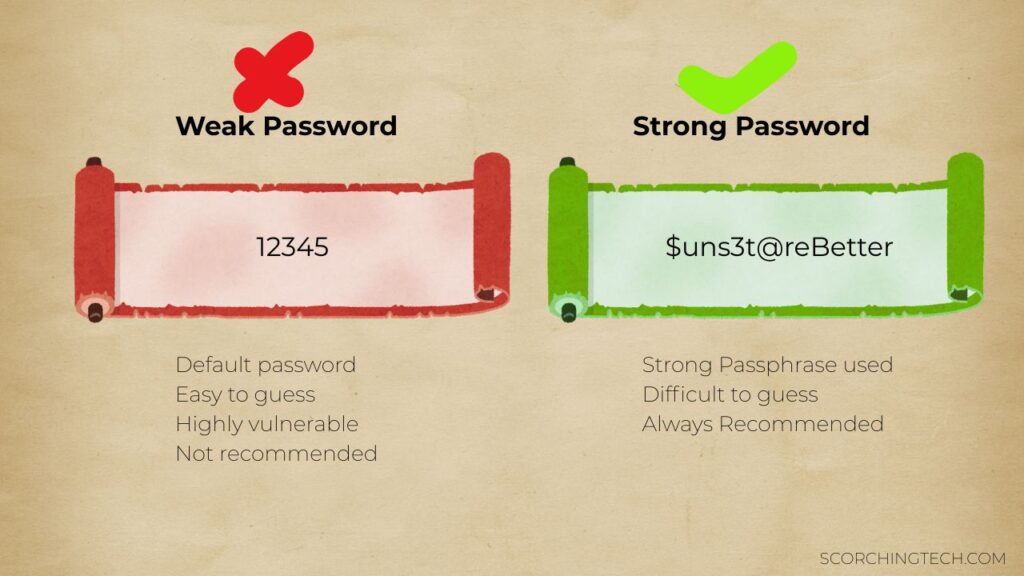
Commonly used Default username and passwords for IP camera and DVR/NVR-
- Username- Admin or Admin
- Passwords- 1234, 12345, 12345678, admin or password
Secure CCTV Surveillance Systems with strong passphrase
A strong passphrase is one of the most effective ways to protect your CCTV surveillance systems from attackers.
What is a passphrase? A passphrase usually uses four of more random words as a password. For example,
- ‘Sunsets Are Better With Jazz’
- ‘Quantum Pizza Slices for All’.
Creating Strong Passphrase
To create a strong passphrase, you should consider it 1. long 2. unpredictable 3. unique
- Long- The longer the passphrase, the more combinations an attacker has to try. Use at least 4–6 words, ideally more than 20 characters.
- Unpredictable- Predictable phrases (like song lyrics or famous quotes) are vulnerable to dictionary attacks. Avoid common phrases or clichés. Mix unrelated words or absurd imagery. Add random capitalization, numbers, or symbols.
- Unique- Reusing passphrases across sites increases risk — if one is compromised, others are too. Never reuse a passphrase.
Add graphics to visualise it.
Passphrases are better– Both password and passphrase can be made secure. but a strong and random passphrase has more uncertainty within a system, Therefore be more secure than a regular password. Longer password can also have a high level of security, making then more difficult to crack but they are harder to remember.
So, I encourage you to create a passphrase that is easy to remember and simple to type yet strong to guess.
Password Policy-
Password policy is nothing but a set of instructions or rules to follow while creating and managing passwords. Below is the typical requirement of password policy-
- Password Length: 8 Characters or 16 Characters
- Complexity: using a mix of uppercase, lowercase, numbers, and symbols
- Password reuse: Not allowed to use previously used passwords
- Password age/expiry: 90 Days expiry
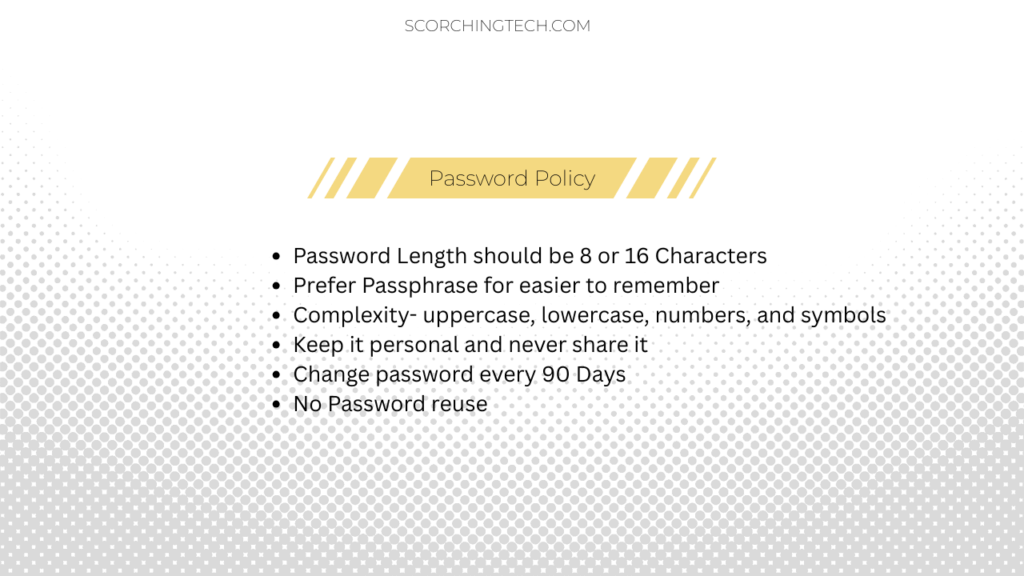
Example: How to create a good passphrase?
Choose short sentence easy to remember like: ‘Sunsets Are Better With Jazz’
Modify it as per the policy requirement(uppercase, lowercase, numbers, and symbols):
- UPPER Case letters
- Numbers (1,2,3…) add some numbers of replace
- E by 3 or S by 5 or O by 0 or I by 1
- Symbols (!@#$%^&*) add some symbols or replace
- S by $ or A by @ or I by !
The above passpharse then become “$uns3t@reBetterw!thj@zz”
Summary
In conclusion to Secure CCTV Surveillance Systems, securing your CCTV surveillance system with a strong passphrase is crucial in today’s digital landscape. The prevalence of cyber attacks on unsecured systems highlights the importance of moving away from factory default usernames and passwords, which are often easily compromised. By prioritizing strong, unique passwords, you can significantly enhance the security of your surveillance systems and protect your assets. We encourage you to share this blog post on social media to help raise awareness about the importance of cybersecurity measures for all surveillance users. Together, we can foster a safer digital environment.

